The silent crisis of reptile extinction has been accelerated by habitat destruction, climate change, invasive species, and illegal wildlife trafficking. While these cold-blooded creatures might not always capture public attention like charismatic mammals, their ecological importance cannot be overstated. Fortunately, dedicated conservation organizations worldwide have established captive breeding programs that serve as lifelines for reptile species on the brink of disappearing forever. These initiatives not only maintain genetic diversity and population numbers but also provide valuable research opportunities while preparing for potential reintroduction efforts. Let’s explore seven remarkable reptile species that have been pulled back from the edge of extinction thanks to human intervention through carefully managed breeding programs.
The American Alligator: A Conservation Success Story
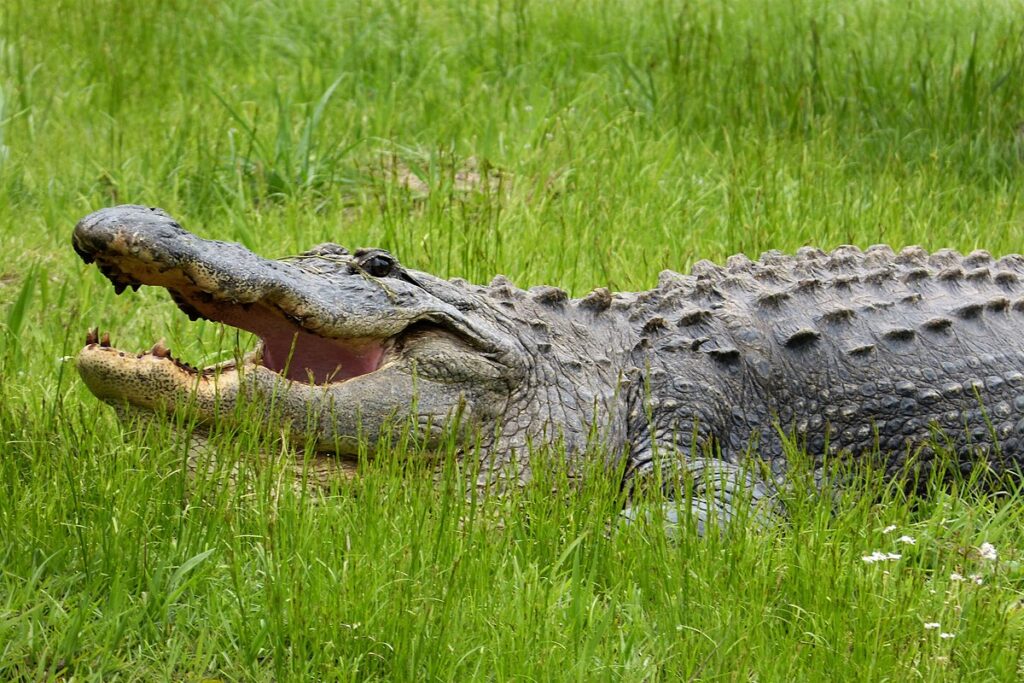
The American alligator (Alligator mississippiensis) represents one of wildlife conservation’s greatest achievements, transitioning from endangered status to a recovered species. By the 1960s, these prehistoric-looking reptiles had been hunted to dangerously low numbers for their valuable hides and meat. The implementation of rigorous protection measures, coupled with captive breeding programs across the southeastern United States, allowed populations to rebound dramatically.
Scientists carefully maintained genetic diversity while raising hatchlings in protected environments until they reached sizes that improved their survival odds against predators. Today, the American alligator population exceeds one million individuals across its range, allowing for carefully managed sustainable harvesting while maintaining healthy wild populations – a true testament to the potential of well-executed conservation efforts.
Komodo Dragon: Preserving an Island Giant
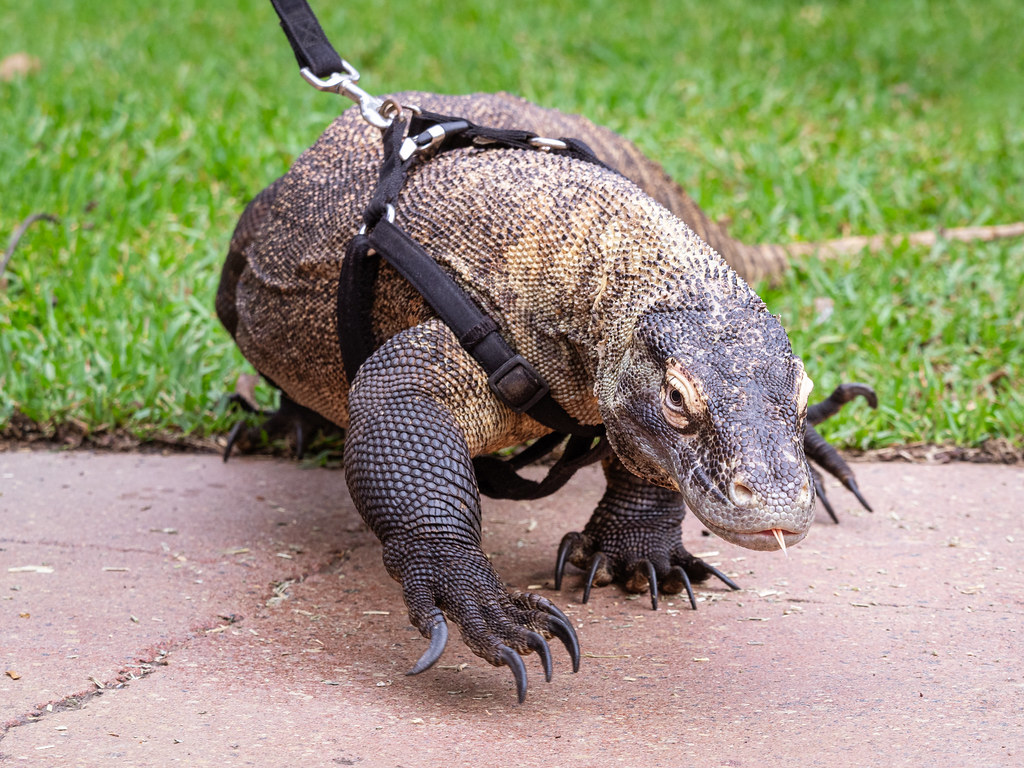
The world’s largest lizard, the Komodo dragon (Varanus komodoensis), faces increasing threats in its limited native range across several Indonesian islands. Conservation efforts centered at zoos worldwide have established vital captive breeding populations that maintain genetic diversity for this vulnerable species. The Smithsonian National Zoo and San Diego Zoo have pioneered breeding techniques for these massive reptiles, resulting in significant reproductive success.
These programs have yielded critical insights into Komodo dragon biology, including their remarkable parthenogenesis capability – the ability of females to reproduce without male fertilization. International collaboration among zoos provides insurance against potential catastrophic declines in wild populations, which face mounting pressures from habitat loss, human encroachment, and the effects of climate change.
Chinese Alligator: Fighting Back from the Brink
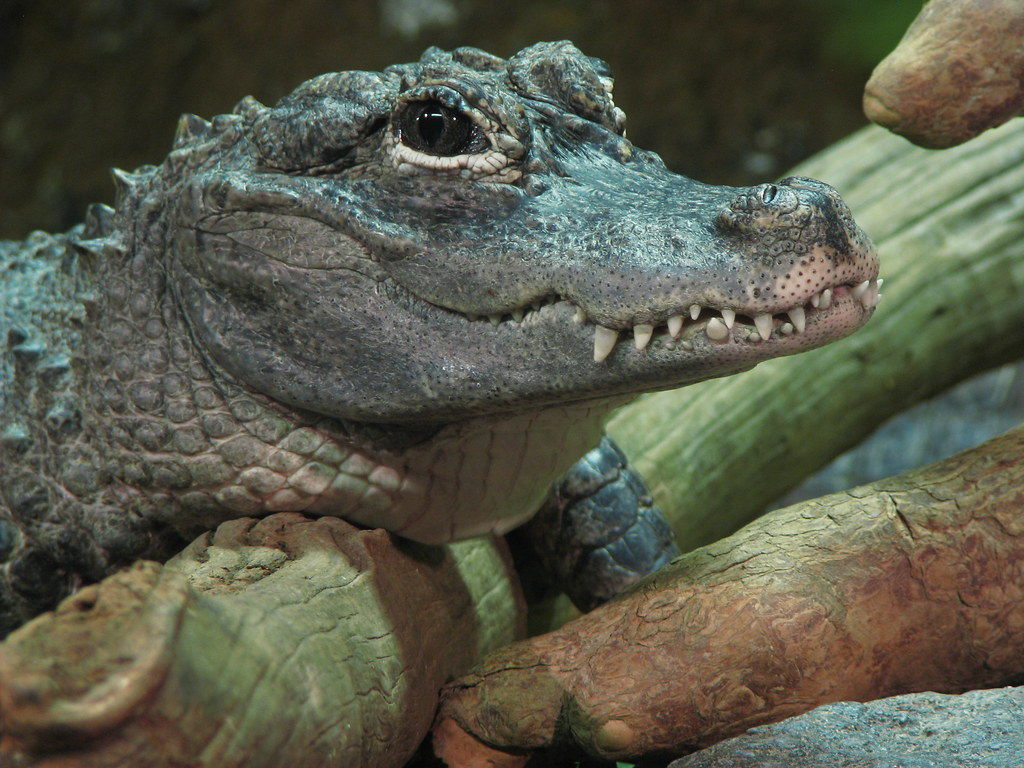
The Chinese alligator (Alligator sinensis) remains one of the world’s most critically endangered crocodilians, with fewer than 150 individuals estimated to survive in the wild. Its native habitat along the lower Yangtze River has been dramatically transformed by agriculture, industrial development, and pollution. Captive breeding efforts, particularly through the Chinese Alligator Breeding Research Center in Anhui Province, have successfully produced thousands of individuals in captivity.
These programs carefully manage genetic lineages to maintain diversity while preparing select individuals for reintroduction. Several releases of captive-bred alligators into restored wetland habitats have shown promising results, with evidence of successful reproduction in the wild. Without these intensive breeding efforts, this ancient species – which has existed for millions of years – would likely face extinction within our lifetime.
Burmese Star Tortoise: Reversing Commercial Exploitation
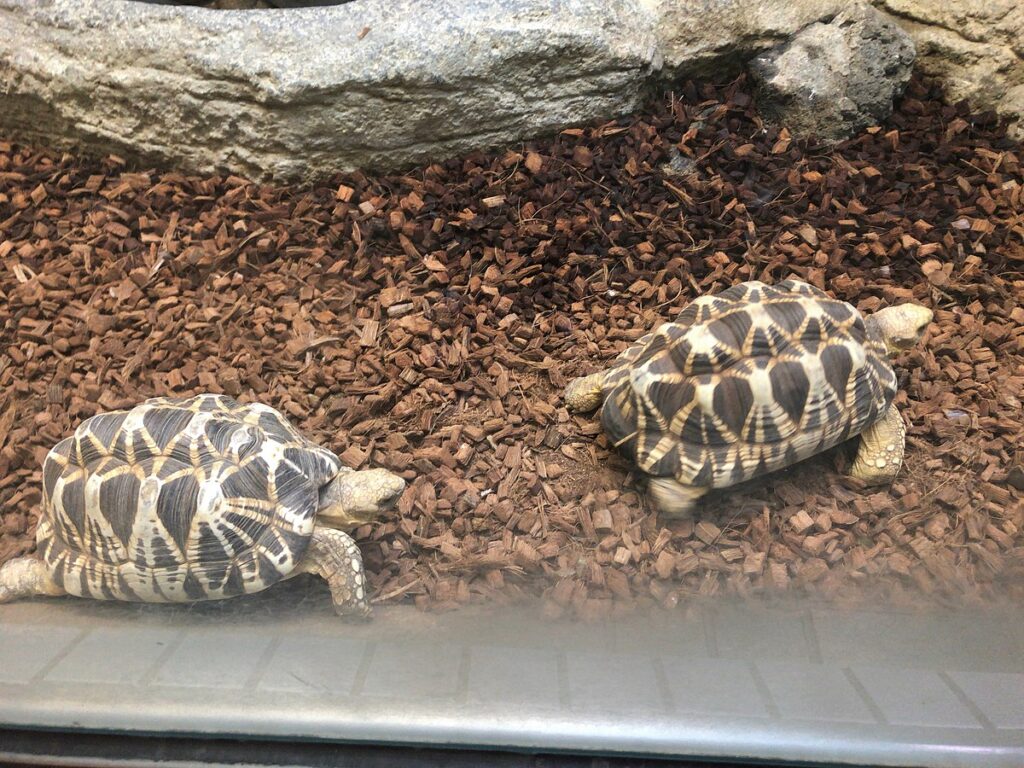
The Burmese star tortoise (Geochelone platynota) nearly vanished from its native Myanmar due to rampant collection for both food consumption and the international pet trade. By the early 2000s, the species was functionally extinct in the wild, existing only in captivity. A collaborative conservation breeding program between the Wildlife Conservation Society, Turtle Survival Alliance, and Myanmar’s Forest Department established assurance colonies that have since produced thousands of hatchlings.
The meticulous program includes careful genetic management, specialized husbandry protocols, and extensive pre-release preparation. Since 2013, over 1,000 captive-bred tortoises have been successfully reintroduced into protected sanctuaries in Myanmar, where they are now breeding naturally. This remarkable recovery represents one of the most successful reptile conservation stories in recent history, transforming a species on the edge of extinction into one with a growing wild population.
Jamaican Iguana: Returning from Presumed Extinction
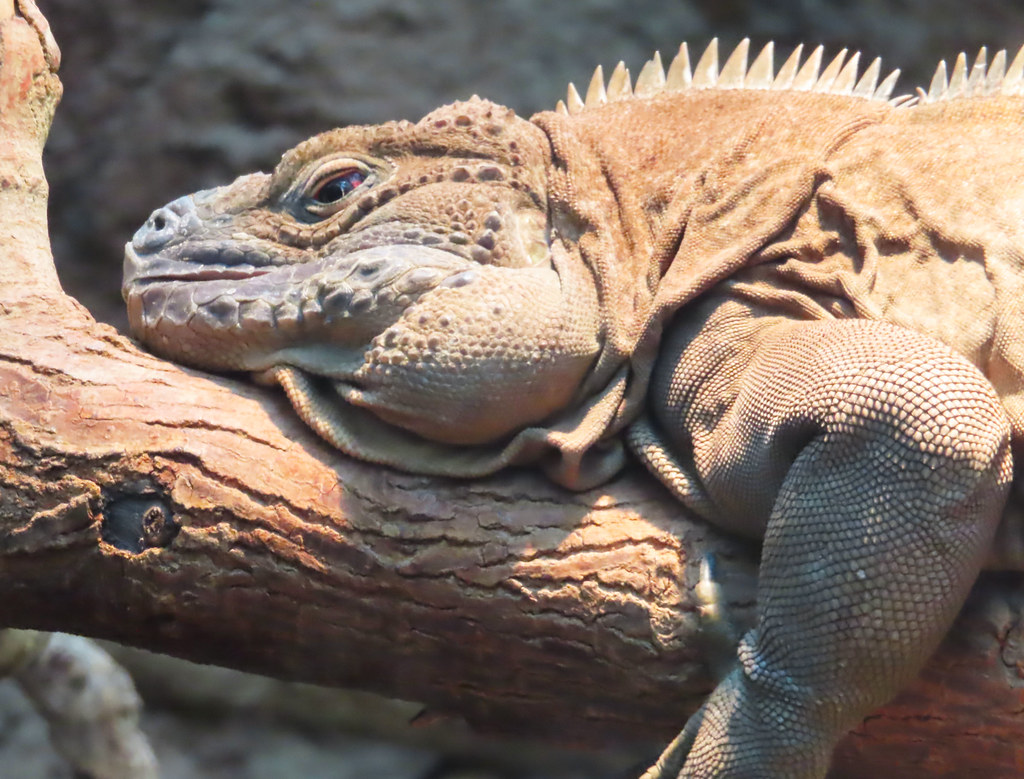
The Jamaican iguana (Cyclura collei) was actually declared extinct in the 1940s before being rediscovered in 1990 when a small population was found in the Hellshire Hills of Jamaica. This remarkable rediscovery sparked immediate conservation action through the establishment of a headstart program at Jamaica’s Hope Zoo in collaboration with international partners.
The program collects wild-laid eggs and raises hatchlings in protected captivity until they reach sizes that significantly improve their survival chances against invasive predators like mongoose and feral cats. Each released iguana is implanted with identification tags allowing researchers to monitor their progress and survival rates in the wild. Combined with intensive predator control efforts and habitat protection, this program has increased the wild population from fewer than 50 individuals to several hundred today, rescuing this endemic species from what seemed like inevitable extinction.
Grand Cayman Blue Iguana: Island Restoration
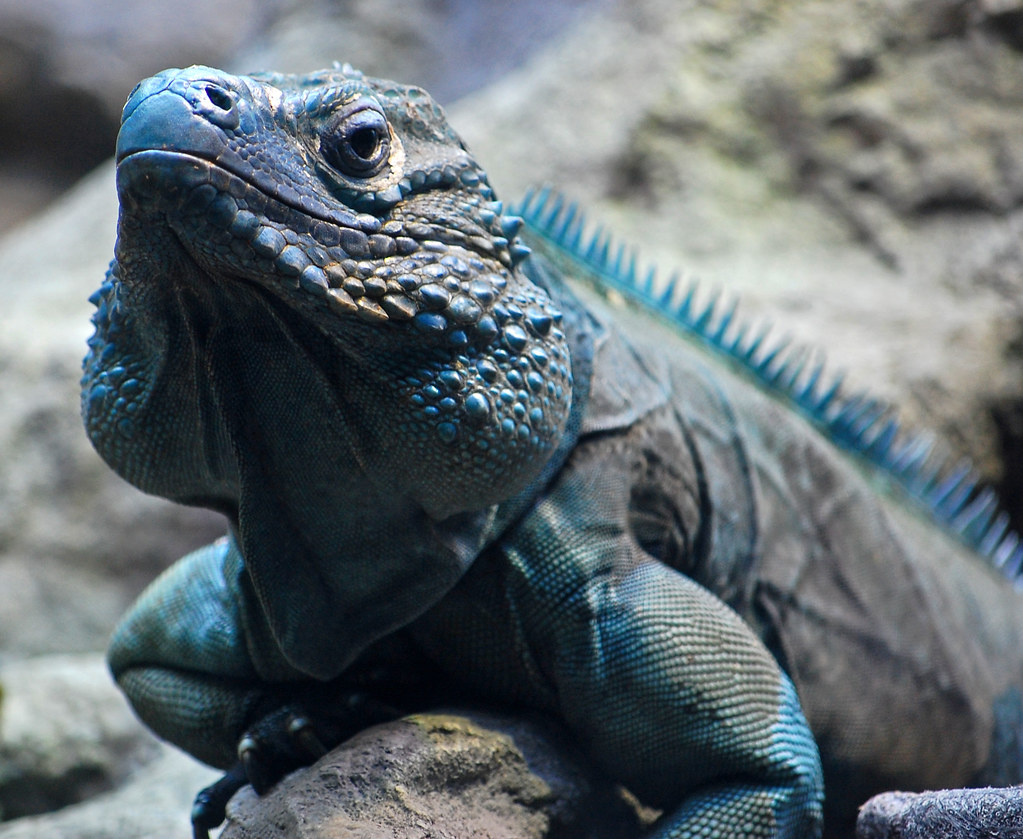
The striking blue-hued Grand Cayman blue iguana (Cyclura lewisi) had declined to fewer than 25 individuals in the wild by 2002, making it one of the most endangered reptiles on Earth. The Blue Iguana Recovery Program, based at the Queen Elizabeth II Botanic Park, established a focused captive breeding facility that has since produced over 1,000 iguanas for release. Each captive-bred iguana spends approximately two years in the facility, receiving optimal nutrition and healthcare while growing to a size that improves survival prospects.
The program carefully tracks genetic lineages to prevent inbreeding while maximizing genetic diversity in the released population. Today, wild numbers have increased to over 750 individuals across protected reserves, with evidence of natural reproduction occurring regularly. While still vulnerable, this species has moved from “critically endangered” to “endangered” status – a significant improvement that demonstrates how targeted conservation breeding can reverse seemingly hopeless situations.
Anegada Island Iguana: Safeguarding Caribbean Biodiversity
The Anegada Island iguana (Cyclura pinguis), native to the British Virgin Islands, faced severe population decline due to habitat degradation and predation by introduced mammals. With fewer than 200 individuals remaining in the wild during the 1990s, the species required immediate intervention. A collaborative headstart program between the Fort Worth Zoo, San Diego Zoo, and the British Virgin Islands National Parks Trust has successfully raised hatchlings in protected environments until they reach predator-resistant sizes. The program has revealed crucial information about growth rates, nutritional requirements, and reproductive behaviors that inform both captive management and wild conservation efforts. Strategic releases of captive-bred iguanas have bolstered the wild population while additional conservation measures address habitat protection and invasive species control. This integrated approach has stabilized the population and provided a model for reptile conservation throughout the Caribbean region.
The Science Behind Successful Reptile Breeding Programs
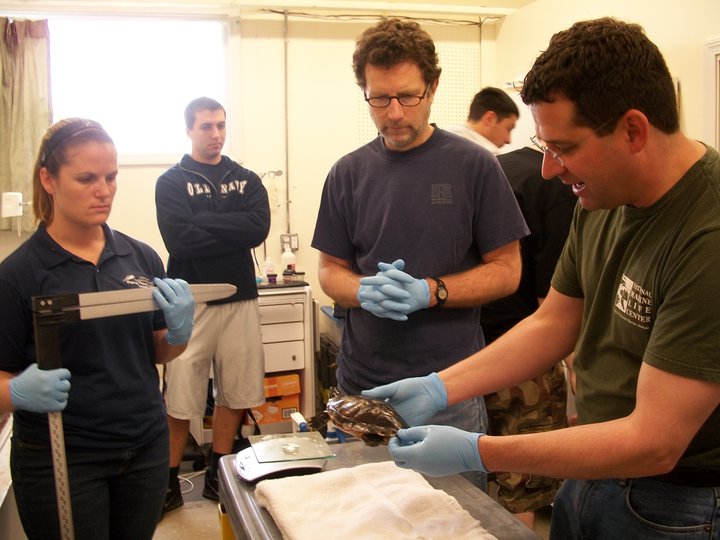
Effective captive breeding programs for endangered reptiles require sophisticated scientific approaches that extend far beyond simply housing males and females together. Researchers must carefully analyze genetic profiles to prevent inbreeding while maximizing genetic diversity through strategic pairing decisions. Environmental factors including temperature, humidity, lighting cycles, and nutrition must be precisely calibrated to trigger natural reproductive behaviors and ensure optimal egg development.
Many programs employ assisted reproductive technologies like artificial incubation, which allows for close monitoring of developmental conditions. Post-hatching care involves specialized husbandry protocols tailored to each species’ unique requirements, often incorporating elements that prepare individuals for eventual wild release. The knowledge gained through these programs contributes invaluable scientific understanding that benefits both captive management and wild conservation efforts.
Challenges in Reptile Conservation Breeding
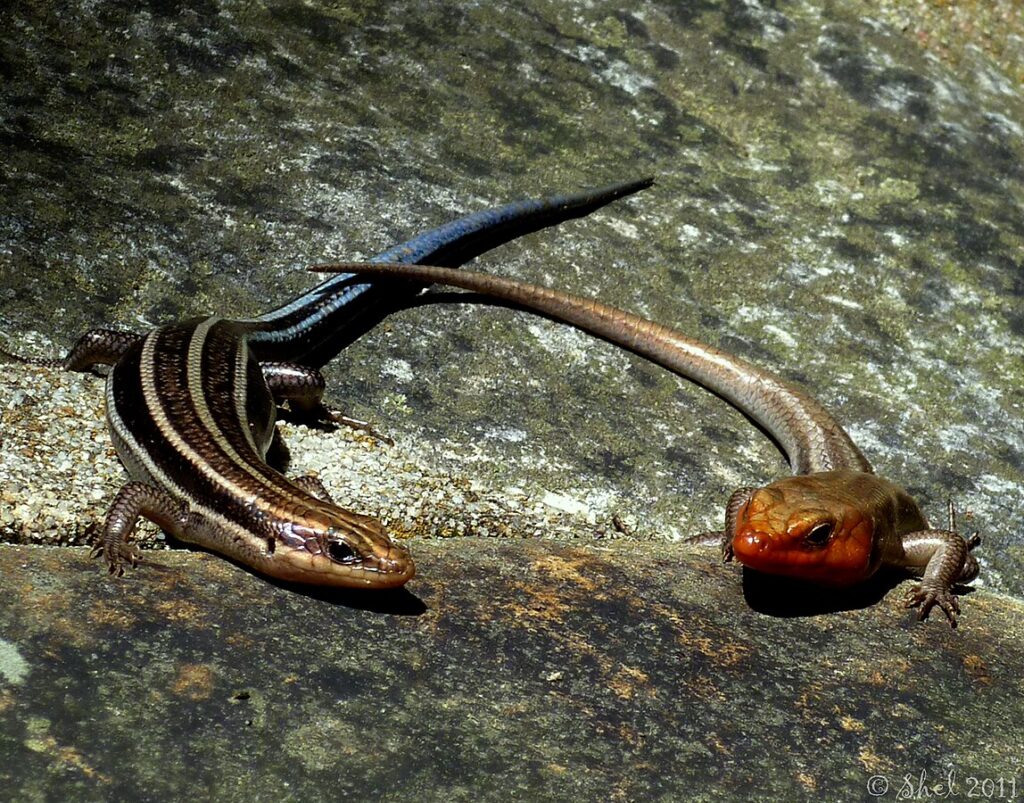
Despite their successes, reptile breeding programs face numerous obstacles that complicate conservation efforts. Many reptile species have complex reproductive biology with specific environmental triggers that can be difficult to replicate in captivity, resulting in inconsistent breeding success. Genetic management presents another significant challenge, as founders often represent a limited genetic pool that must be carefully managed to prevent inbreeding depression over successive generations.
Disease management requires rigorous protocols, as captive populations can be vulnerable to pathogen outbreaks that could devastate genetically limited populations. Additionally, many programs struggle with sustainable funding, as reptiles typically attract less public attention and financial support compared to charismatic mammals. Overcoming these challenges requires dedicated staff, innovative approaches, and international collaboration among institutions working toward shared conservation goals.
From Captivity to Wild Release: The Reintroduction Process
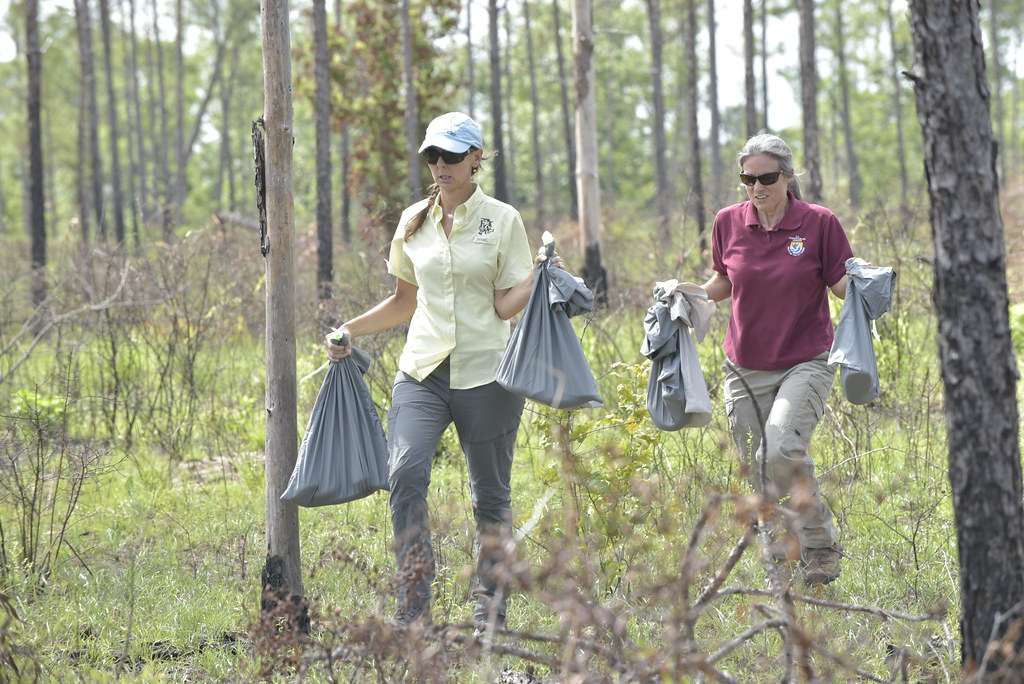
Successful reintroduction of captive-bred reptiles involves far more than simply releasing animals into suitable habitat. The process begins with extensive habitat assessment and preparation, often including invasive species control, habitat restoration, and establishing protected status for release sites. Candidate animals undergo thorough health screenings and, in many cases, “pre-conditioning” that helps develop natural behaviors essential for survival.
Many programs implement soft-release approaches where animals are maintained in field enclosures at the release site before full release, allowing them to acclimate to local conditions gradually. Post-release monitoring through radio tracking, camera traps, and field surveys provides crucial data on survival, movement patterns, and reproductive success. This information feeds back into program refinement, creating an adaptive management cycle that improves outcomes for future releases.
The Role of Zoos and Specialized Facilities
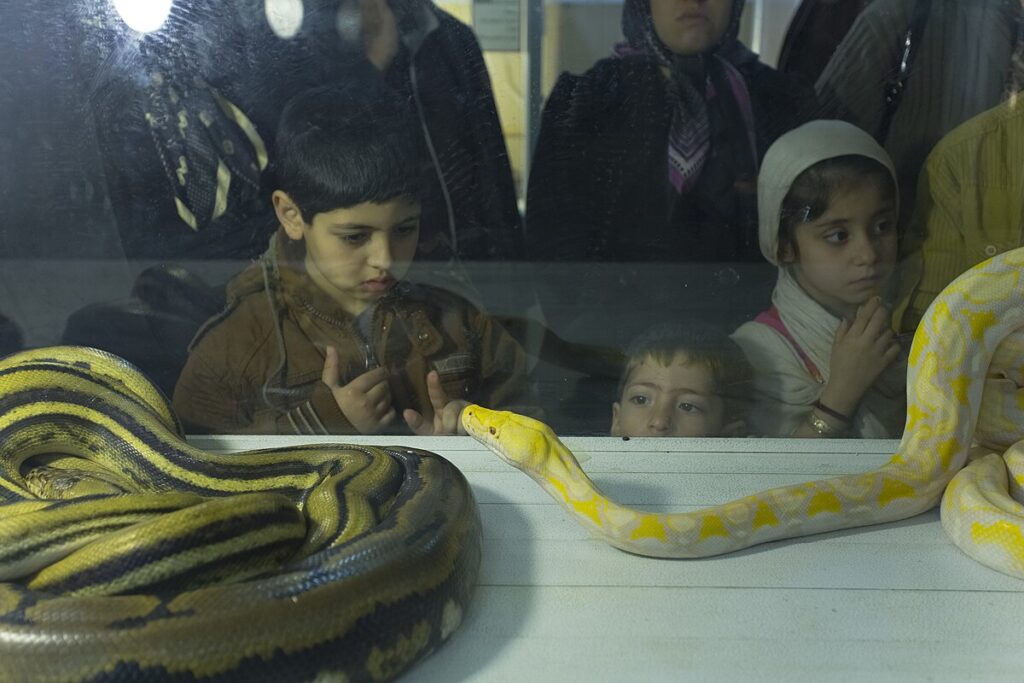
Accredited zoological institutions and specialized breeding centers play an indispensable role in reptile conservation breeding success. These facilities provide the specialized infrastructure, expert staff, and long-term institutional commitment necessary for sustaining multi-generational breeding programs. Modern zoo-based programs operate within collaborative networks like Species Survival Plans and European Endangered Species Programmes that coordinate breeding efforts across multiple facilities to maintain genetic diversity.
Beyond breeding, these institutions contribute valuable research on reptile biology, husbandry innovations, and veterinary care that benefit both captive and wild conservation. Public-facing zoos also serve as vital educational platforms, raising awareness about lesser-known reptile species and their conservation challenges while potentially generating financial support for field conservation initiatives.
Future Directions in Reptile Conservation Breeding

The future of reptile conservation breeding lies in integrating cutting-edge technologies with proven husbandry practices to enhance program effectiveness. Genomic tools are increasingly being employed to analyze genetic diversity at unprecedented detail, allowing for more precise breeding decisions that optimize genetic health. Cryopreservation of genetic material offers potential for maintaining diversity even when physical breeding is limited by space or other constraints.
Climate-controlled breeding facilities with advanced environmental monitoring systems can more precisely replicate seasonal variations that trigger natural reproduction. The integration of captive breeding with habitat protection, community engagement, and policy advocacy represents a holistic conservation approach gaining traction among leading programs. As climate change and habitat loss accelerate threats to reptile species worldwide, these innovative approaches will become increasingly vital components of global biodiversity conservation strategies.
Conclusion: Conservation Breeding as a Vital Safeguard

The seven reptile species highlighted here represent powerful testaments to humanity’s capacity to reverse extinction trajectories through dedicated conservation action. While captive breeding alone cannot solve the underlying threats facing reptiles worldwide, these programs provide crucial insurance against extinction while conservation efforts address broader issues of habitat protection and human-wildlife conflict.
Each success story demonstrates that even species on the brink can recover when provided with appropriate interventions based on sound science and sustained commitment. As we face a global biodiversity crisis, these reptile conservation breeding programs offer both practical models for saving species and hope that extinction is not inevitable. Through continued innovation, collaboration, and commitment, conservation breeding will remain an essential tool in preserving the remarkable diversity of reptile species for future generations.

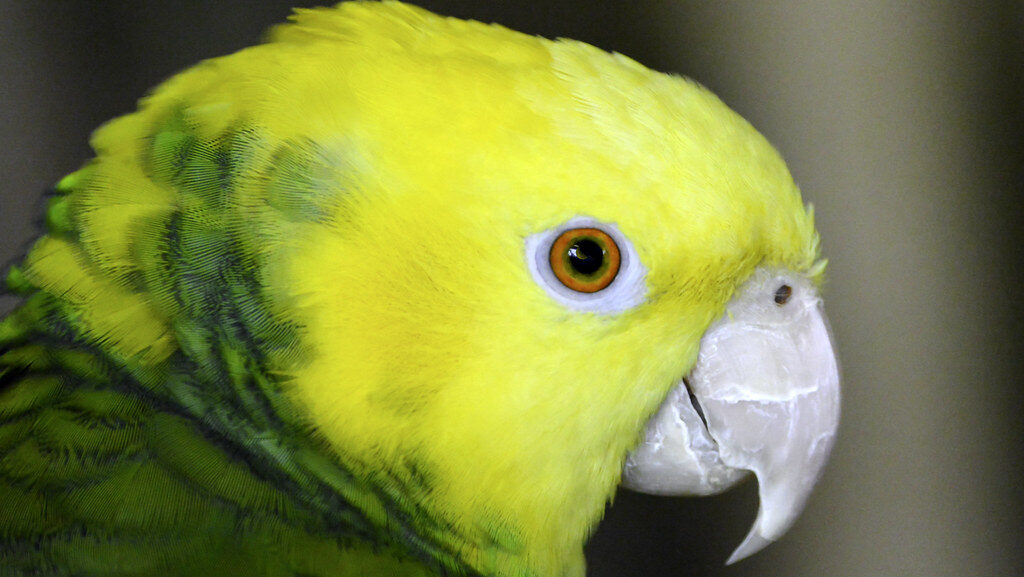
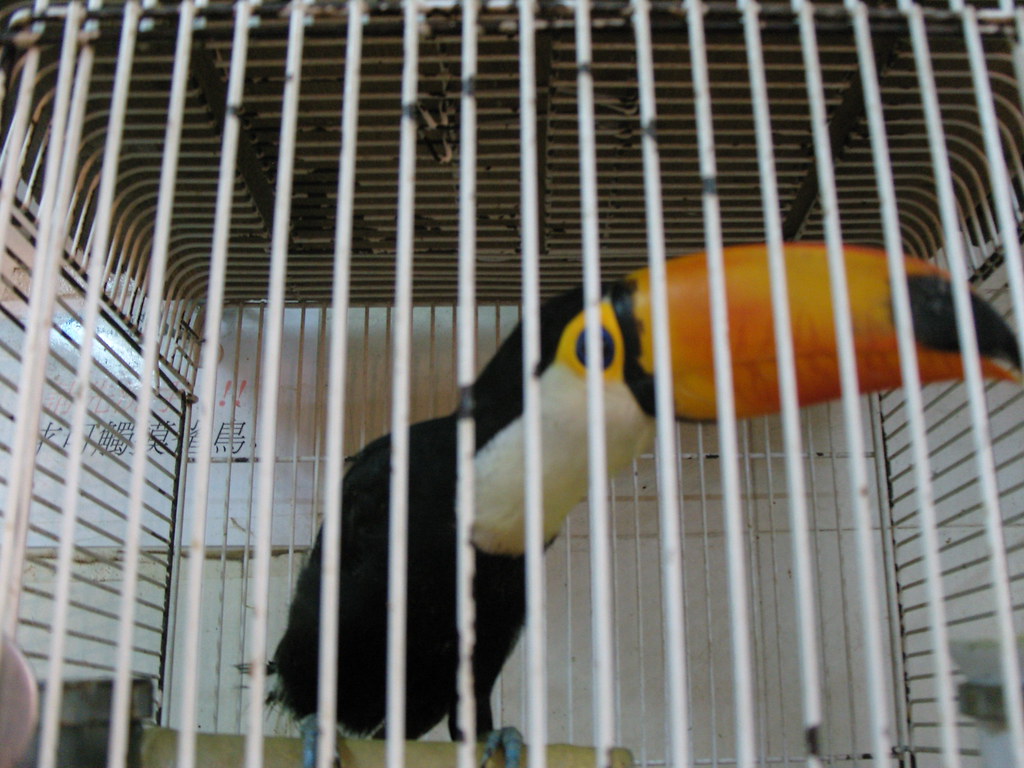
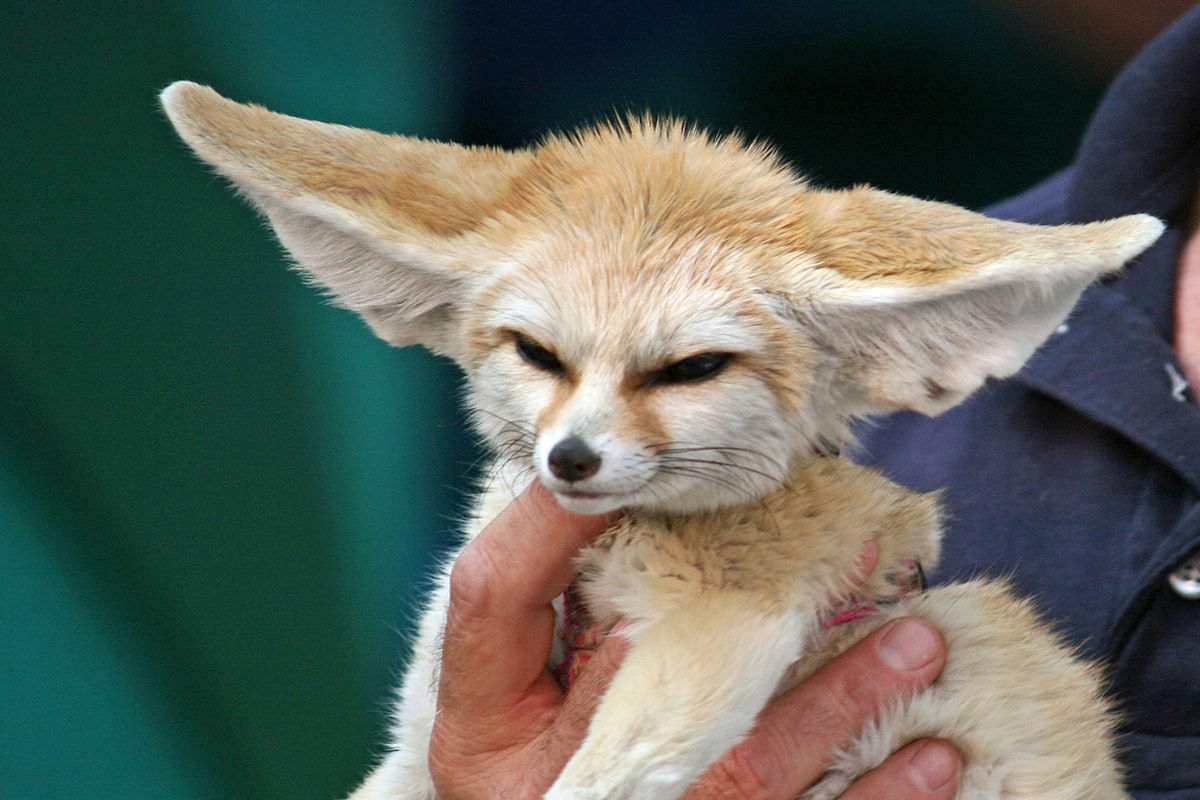

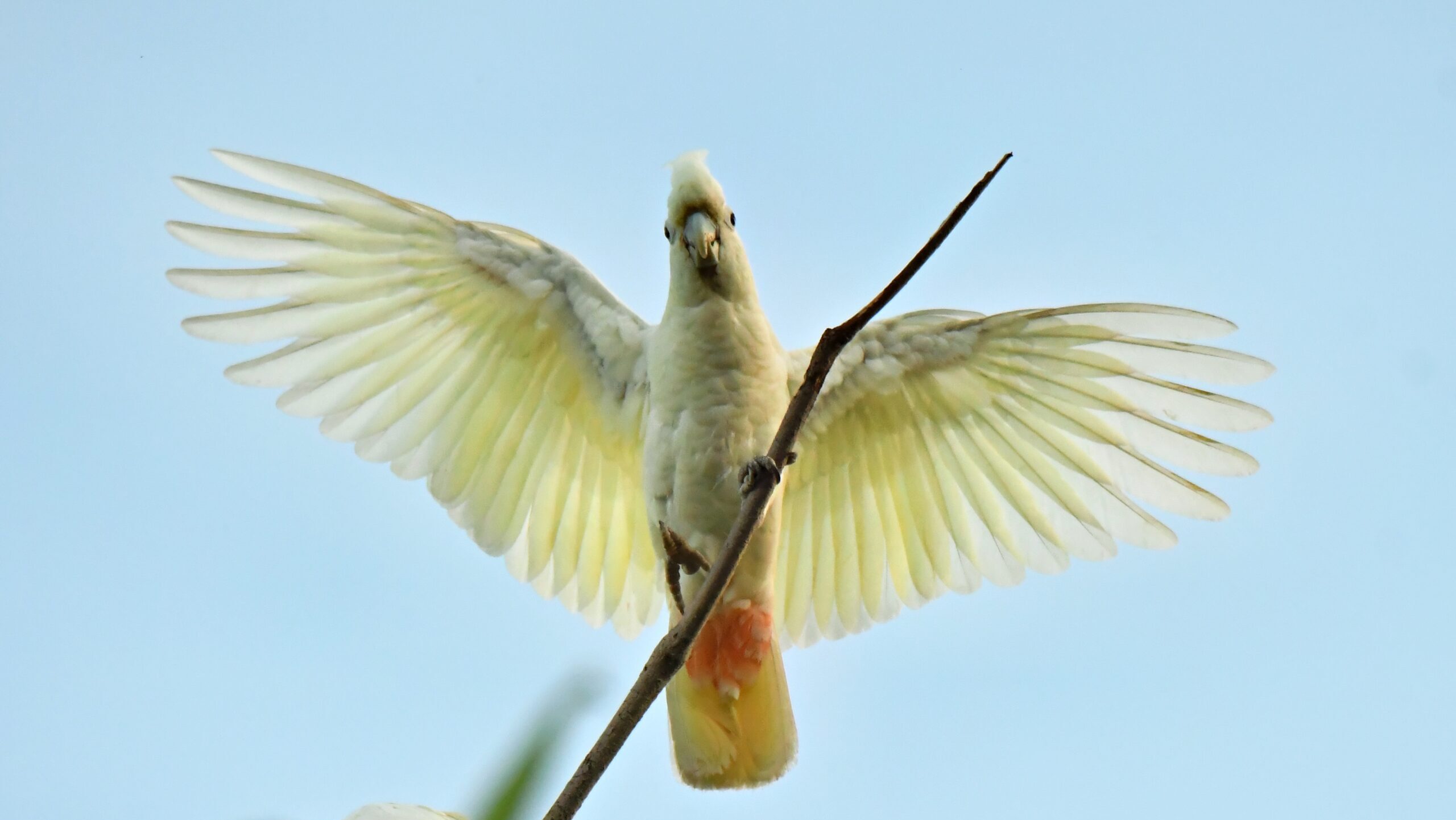
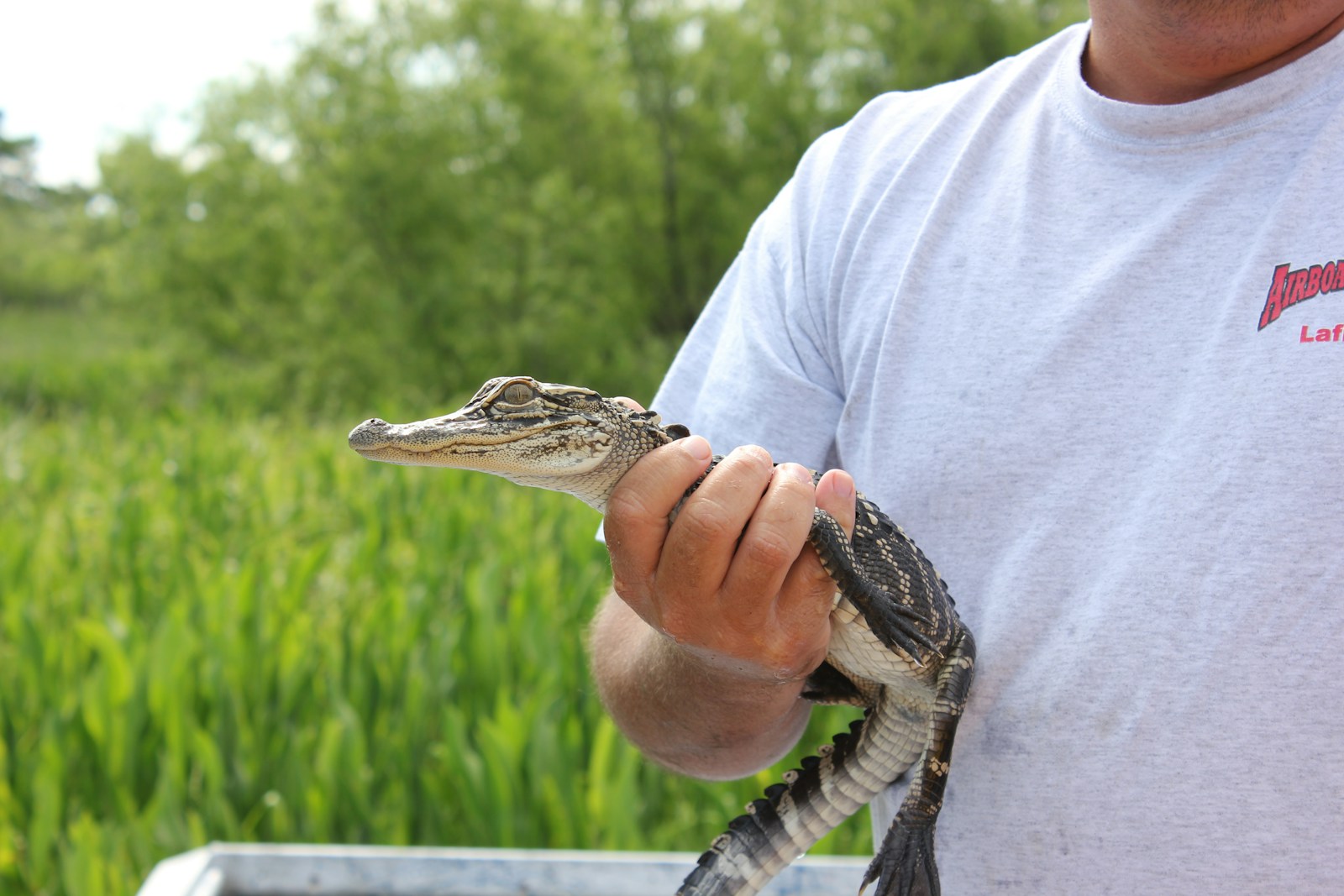

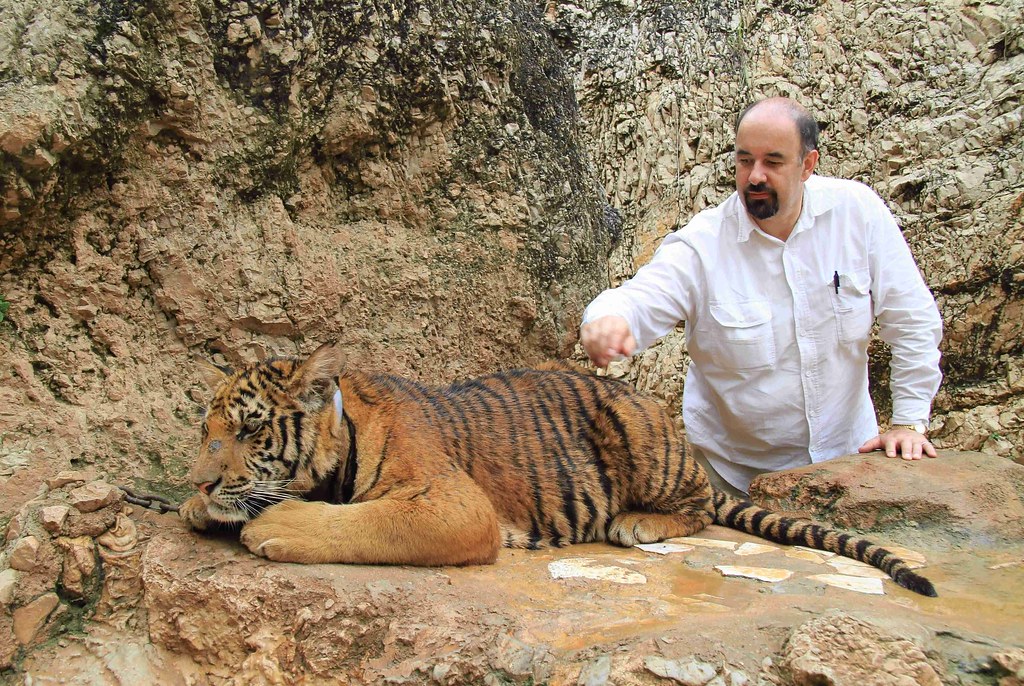
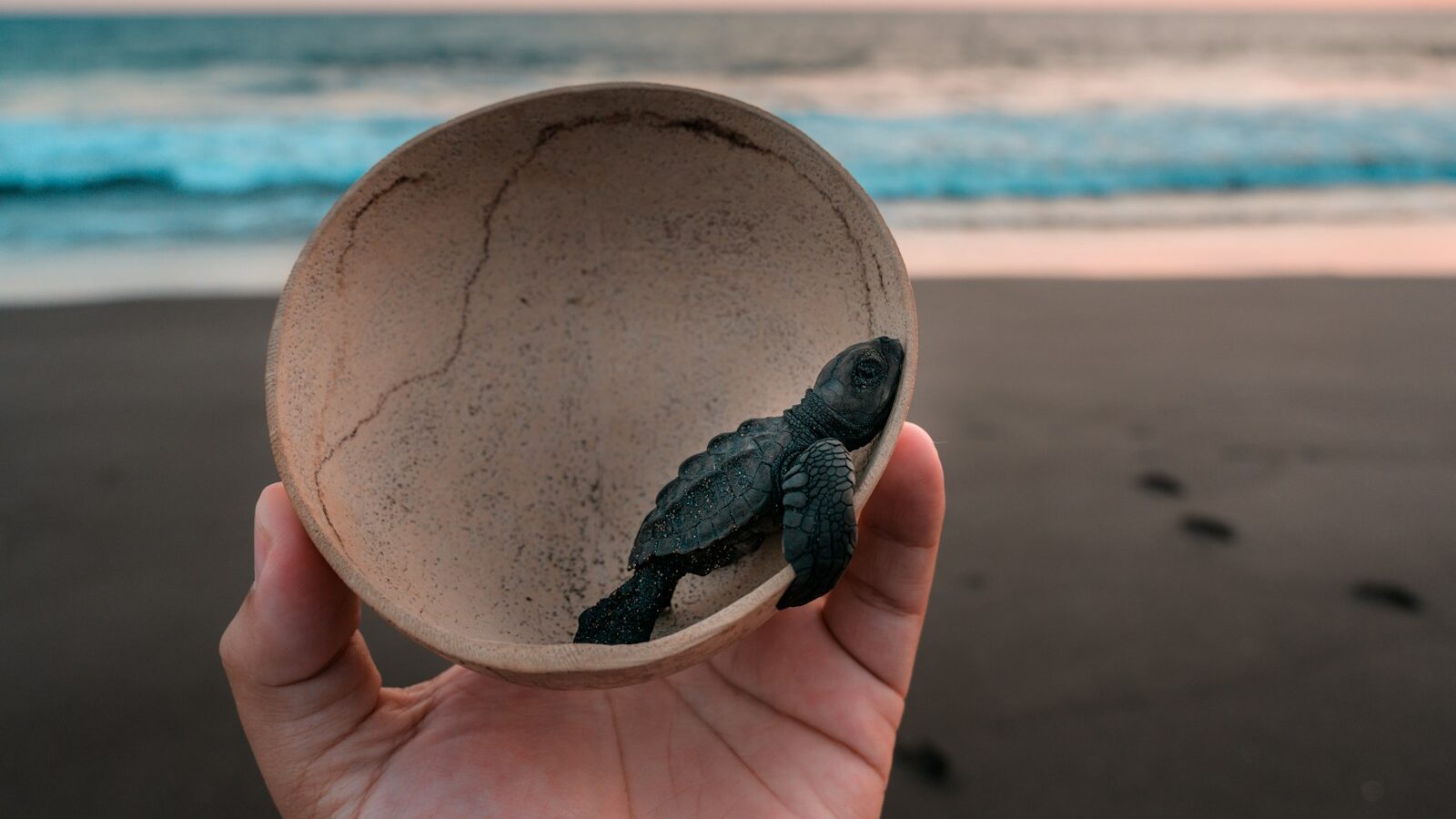
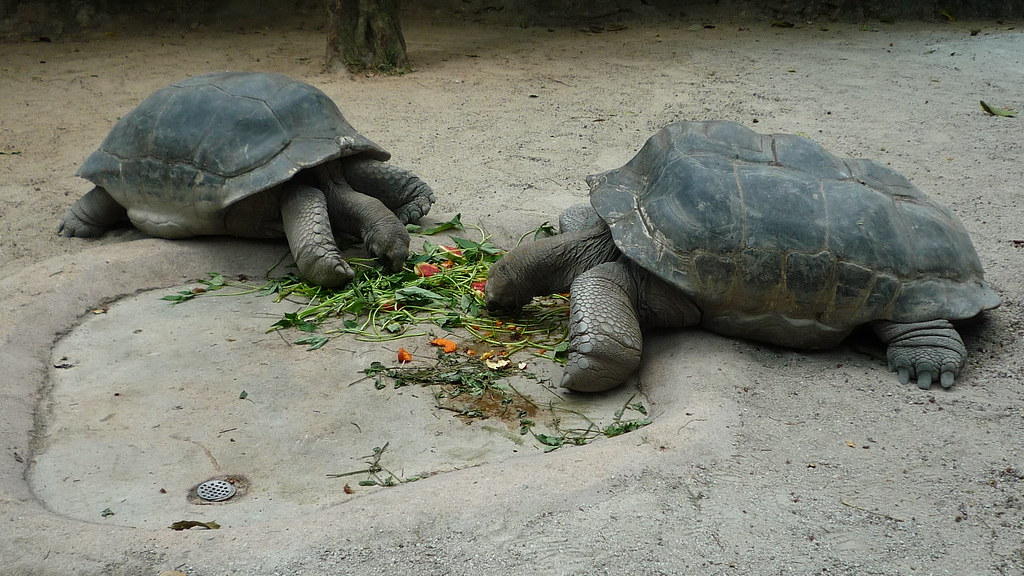




Leave a Reply